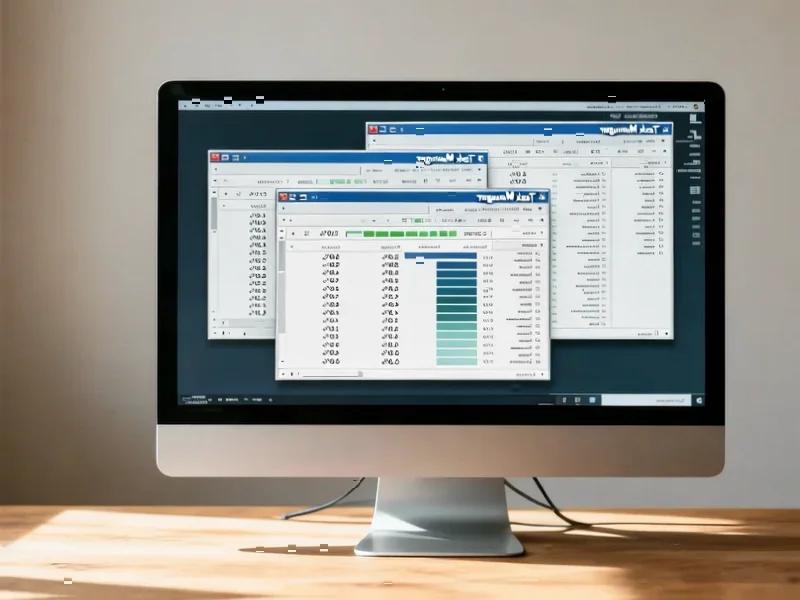According to ExtremeTech, YouTube has removed two videos from the CyberCPU Tech channel that demonstrated how to install Windows 11 without a Microsoft account or officially supported hardware. The platform flagged both tutorials under its “Harmful or dangerous content” policy and denied all appeals, with the second appeal allegedly rejected in under a minute. Channel owner Rich, a computer technician with 300,000 subscribers built over five years, confirmed the videos contained no piracy, hacking, or payment bypassing content. Reports indicate other creators posting similar Windows-related guides have also faced takedowns, though YouTube has remained silent on the specific case. This situation highlights growing concerns about YouTube’s moderation practices.
The Automation Problem Goes Beyond False Positives
What makes this case particularly troubling isn’t just another false positive in YouTube’s automated moderation system—it’s the complete breakdown in the appeals process. When a human review allegedly takes less than 60 seconds, it suggests either an entirely automated appeals system or human reviewers working under impossible time constraints. This creates a chilling effect where creators must self-censor legitimate educational content for fear of arbitrary enforcement. The CyberCPU channel represents exactly the type of technical expertise that platforms should be protecting—experienced professionals creating educational content that helps users understand their systems better.
Corporate Influence Without Evidence Creates Uncertainty
While there’s no proof of Microsoft’s involvement, the suspicion itself reveals a deeper problem in platform governance. When major corporations have business relationships with platforms, creators naturally wonder whether content policies are being applied neutrally. Microsoft has legitimate interests in promoting secure installation practices, but educational content showing alternative methods serves important purposes—from privacy-conscious users to IT professionals testing configurations. The lack of transparency from both YouTube and Microsoft leaves creators guessing about what constitutes acceptable content, creating exactly the kind of uncertainty that the affected creator described when he said “we have no idea what topics we can make videos on.”
The Ripple Effects on Technical Education
These takedowns threaten more than individual channels—they risk degrading the entire ecosystem of technical education on YouTube. When experienced technicians can’t share legitimate knowledge, users turn to less reliable sources, potentially creating more dangerous situations than the policies aim to prevent. The migration to platforms like Floatplane and Rumble mentioned by the creator represents a fragmentation of technical knowledge that makes it harder for users to find authoritative information. For an operating system used by over 1.4 billion people worldwide, having clear, accessible installation guidance from trusted sources is essential—especially when official documentation often lacks the practical details that experienced technicians provide.
The Urgent Need for Policy Clarity
YouTube’s “Harmful or dangerous content” policy desperately needs clearer boundaries when applied to technical tutorials. There’s a fundamental difference between content that enables actual harm (like bypassing security for malicious purposes) and educational content that explains system capabilities. Without clearer guidelines, creators face the impossible task of predicting how automated systems will interpret their content. This uncertainty particularly impacts smaller creators who lack the resources to challenge mistaken takedowns through multiple appeals or legal channels. The solution isn’t eliminating moderation but creating more nuanced policies that recognize the value of technical education while still protecting against genuinely harmful content.




